July 1, 2006
Lathe of Heaven
Movie Review By: SFAM
Year: 1980
Directed by: Fred Barzyk & David R. Loxton
Written by: Diane English & Roger Swaybill (script), Ursula K. Le Guin (novel)
Degree of Cyberpunk Visuals: Low
Correlation to Cyberpunk Themes: Medium
Key Cast Members:
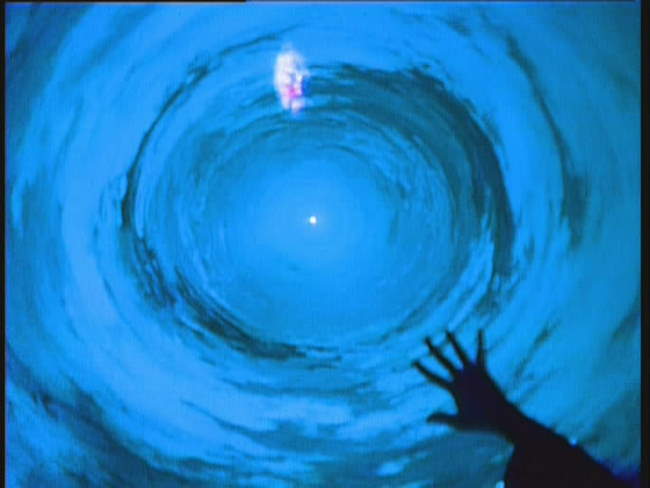
Overview: Lathe of Heaven is one of the classic SciFi books by Ursula K. Leguin. The 1980 adaptation (unlike the 2002 version) stays pretty faithful to the book, and is a very well done low-budget made-for-TV movie. Unfortunately, the original master was lost, so the DVD transfer was taken from a VCR recording of the 1980 TV broadcast. The quality isn’t great, but the story more than makes up for it. Lathe of Heaven is as symbolic as much as it is a narrative. Overall, the film provides an immersive experience with a truly interesting ending.
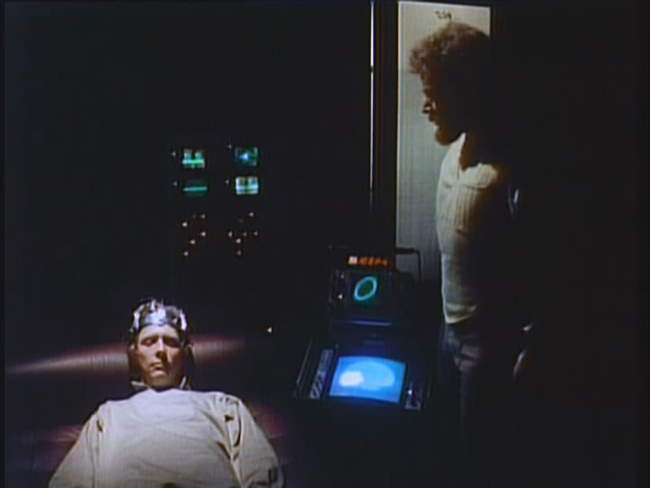
The Story: Thirty years into the future, the world has been decimated by a nuclear holocaust. George Orr (Bruce Davidson), having just been exposed to massive radiation lays dying. Somehow his body is changed, and he has the power to “dream” the world back into existence, just as it was, but without the nuclear holocaust. He forgets that this has occurred and tries to live his life normally, but is continually plagued by dreams that can effect changes in reality. In this dystopic, controlling future, he is forced to undergo psychiatric therapy, and is assigned to Dr. Haber, an expert in dream problems. George is looking for Dr. Haber to “cure” him, but Haber has other ideas.
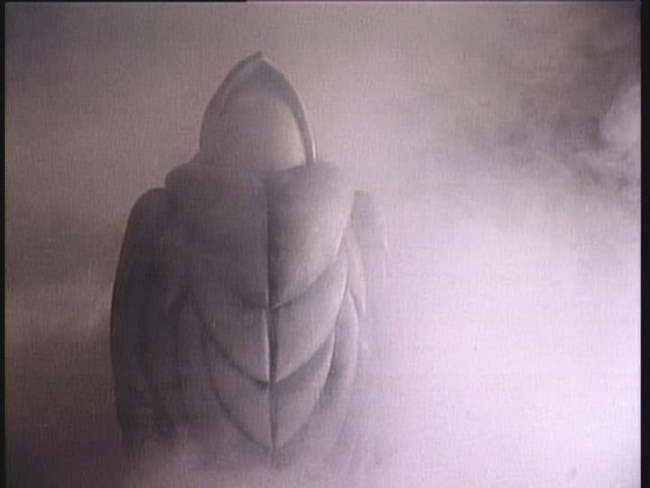
Dr. Haber quickly realizes that George is not crazy, but in fact possesses the most powerful gift ever given to man. Haber sees this as an opportunity to reshape the humanity and the world itself to become the ideal place that Man has always intended. Haber, using his dream-enhancement technology, asks George to have an effective dream about removing pollution. George does, but ends up removing all clouds, leaving the earth ever increasingly hot and dry. Haber forces George to dream of a way to cure overpopulation – this results in a plague that kills of 75% of the world’s population. Haber forces George to dream of peace on earth which results in an alien invasion that unites humanity but which can lead to the destruction of the earth itself.
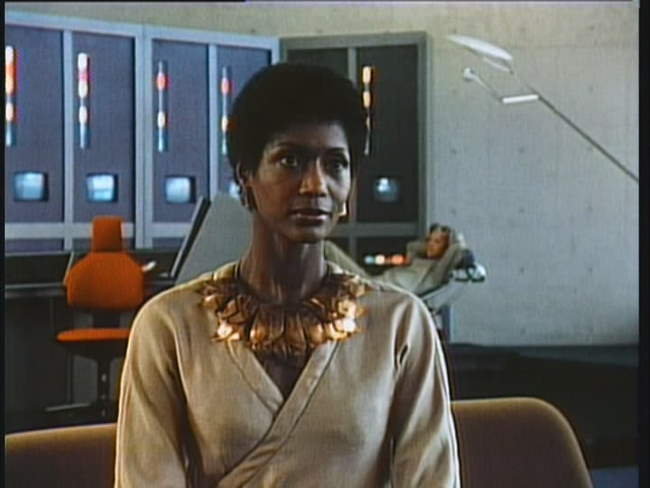
Even though Haber feigns ignorance of what’s really occurring, George quickly figures out that Haber is using him. Unfortunately, George doesn’t have the force of will to truly confront Haber. Instead, he enlists the services of a lawyer named Heather (Margaret Avery) to help get his psychiatrist changed to someone other than Haber. Unfortunately, when Heather goes to visit a session, it is already too late, as George’s effective dream has just killed off 75% of the world’s population.
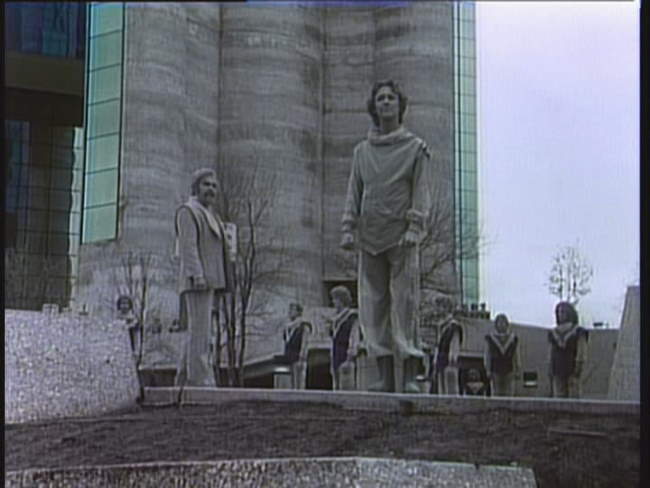
This pattern of George leaving, and returning continues, finally resulting in Haber forcing George to dream of removing racism (which results in everyone becoming gray) – Haber’s real purpose is to capture and duplicate George’s powers through his dream machines. Haber decides that the maladies are caused by inadequacies in George, and that he, an enlightened scientist will be able to have pure dreams that will result in the betterment of mankind. Unfortunately, when Haber dreams an effective dream, his results in a dream that will “unmake” reality. Only George can come and try to challenge Haber to a test of wills to bring a semblance of reality back.
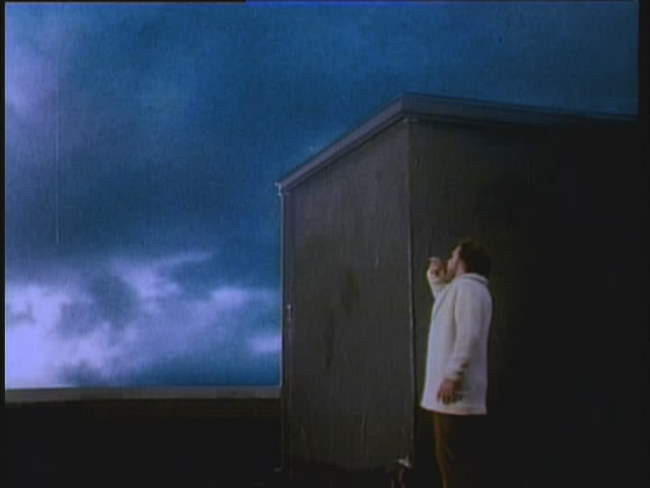
Taosim versus Positivism: Lathe of Heaven sets up a dual between a Taoist philosophy of participation versus a positivistic one. George Orr, representing the Taoist philosophy, is perfectly willing to let the world take its own course. Even though he has the power to change the course of humanity, he prefers to go with the flow, and understands that overt and specific changes to a very complex and interdependent world will result in disaster. Dr. Haber represents the positivist view, and sees technological advancement as the primary means of improving the human condition – moreso, he believes his duty as a scientist is to utilize George’s gift to transform the world for the better. After experiencing a series of continually worse impacts to the world when forcing George to use his power, Haber finally decides the problem is with George’s unconsciousness. It never occurs to him that the real danger is in converting George’s power to a technology that can transform reality.
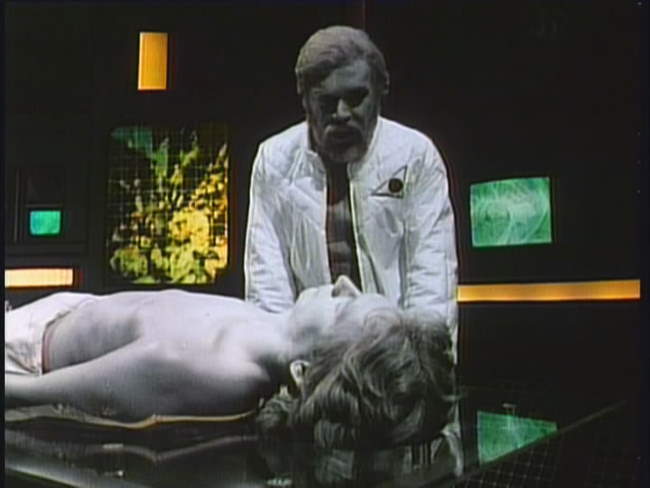
Le Guin’s message is clear: incredible power, especially augmented by technology, cannot be used in a simplistic way to transform a reality which is complex and intertwined. Instead, those interested in change must “go with the flow” of reality and change the human condition within the context of there normal interaction. The use of dominating power over nature will result and a dystopic future. This is in fact what Lathe of Heaven portrays.
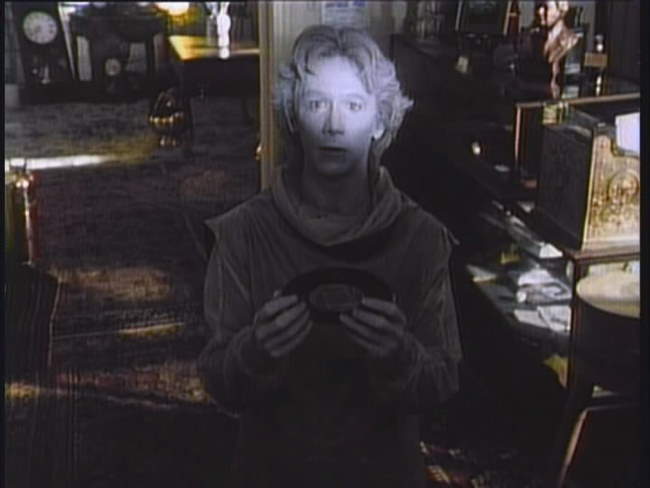
Is Lathe of Heaven Cyberpunk? I do agree that Lathe of Heaven at best is a cyberpunk fantasy. I include it here primarily due to the use of technology, invented for the purpose of human betterment, that ends up instead almost destroying humanity. Haber’s dream enhancement technology results in increasing George’s capabilities, and ultimately leads a true cyberpunked future. Human diversity is quashed when everyone left alive (after the plague kills over 75% of the population) turns gray. Individuality is suppressed in an attempt to eliminate conflict. In the end, the message is a similar cyberpunk theme – the use of technology to remake the perfect society results in a dehumanized, sanitized dystopia.
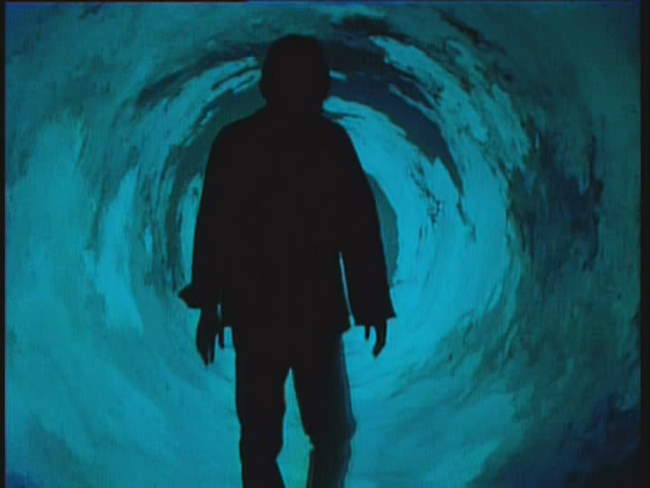
The Bottom Line: Although low budget, the Lathe of Heaven is effective in transforming a very philosophical book to a motivating film. The dual of Taoism versus positivism is mirrored in the colors, where the Taoist earth tones dual the technological grays and whites. The three leads deliver quality performances, and the story itself is captivating. While some of the FX are suspect, and the quality of the DVD is poor (the original master was lost), Lathe of Heaven is well worth a watch.




